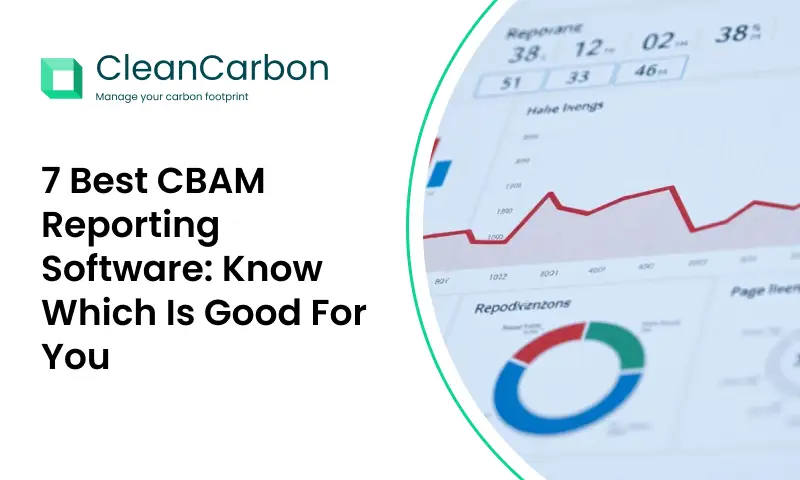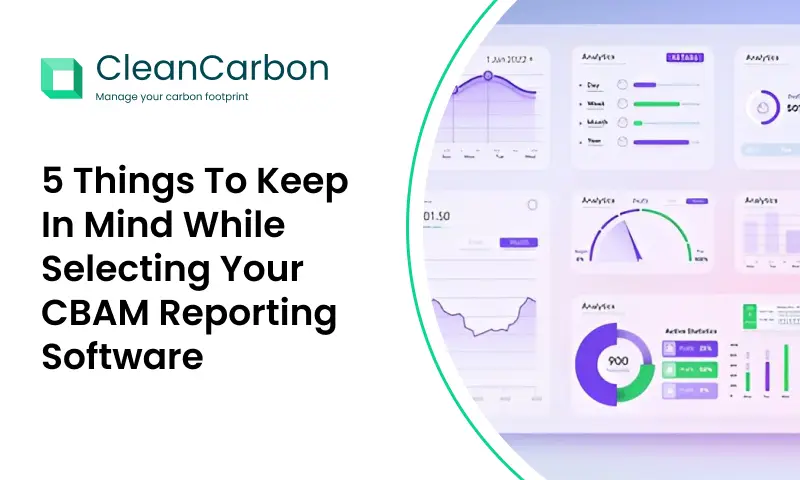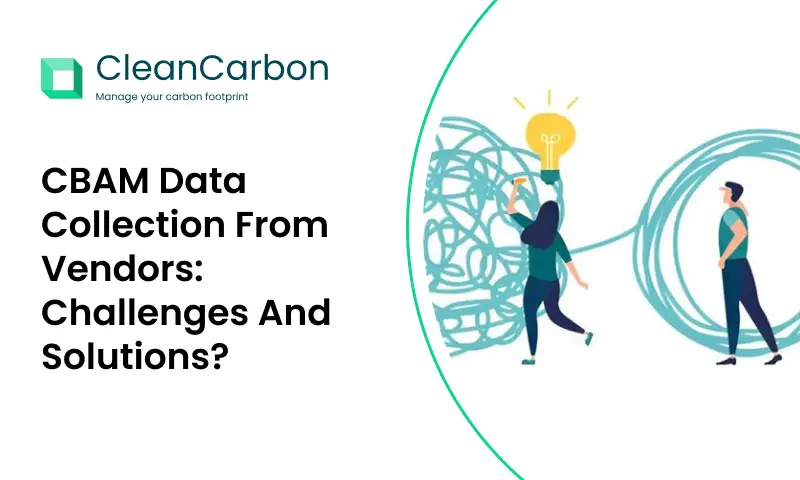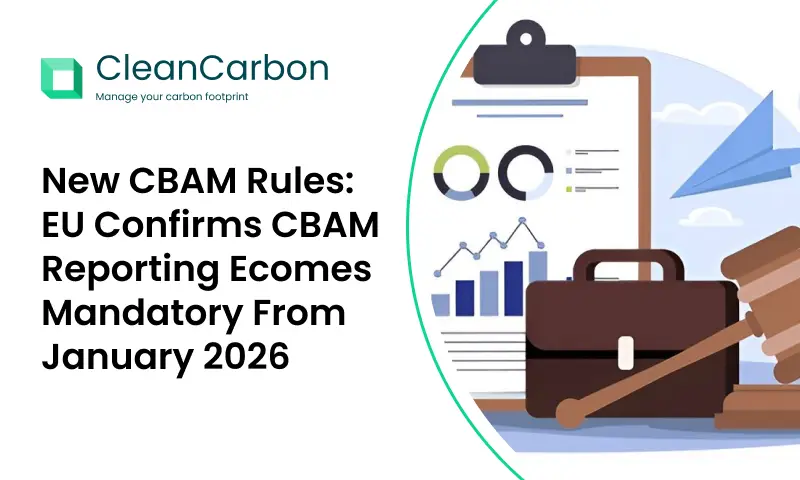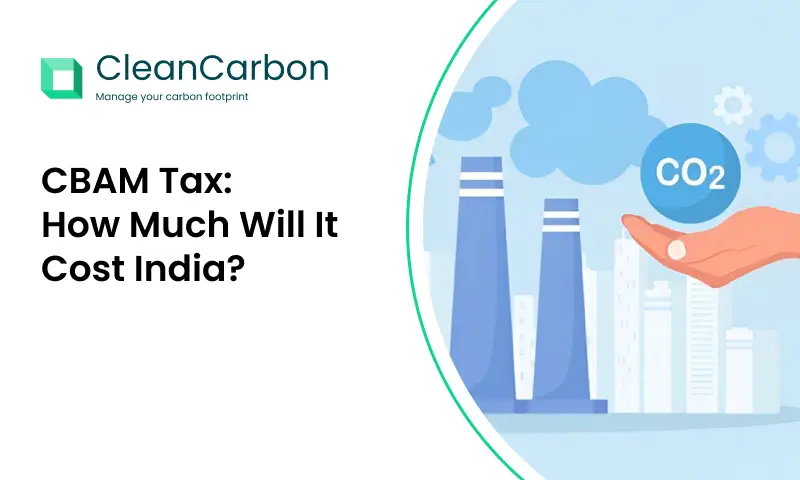The race to net-zero is on, and the Carbon Border Adjustment Mechanism is emerging as a game-changer in the global effort to combat climate change. But what exactly is CBAM, and how does it align with the world’s net-zero ambitions? Let’s dive in.
What is CBAM?
Carbon Border Adjustment Mechanism is a policy tool introduced by the European Union to ensure that imported goods meet the same carbon standards as those produced within the EU. It targets carbon-intensive sectors like steel, cement, aluminum, fertilizers, and electricity, imposing a carbon cost on imports to prevent carbon leakage—where companies relocate production to regions with weaker climate policies.
How CBAM Supports Net-Zero Goals
1. Encouraging Global Decarbonization:
Carbon Border Adjustment Mechanism creates a financial incentive for exporting countries to reduce their carbon footprint. By imposing a cost on high-emission imports, it pushes businesses worldwide to adopt cleaner technologies and practices, aligning with global climate targets like the Paris Agreement.
2. Leveling the Playing Field:
EU businesses already face stringent emissions regulations, which can put them at a competitive disadvantage. CBAM ensures that imported goods are held to the same standards, fostering fair competition while driving global emission reductions.
3. Preventing Carbon Leakage:
Without Carbon Border Adjustment Mechanism, companies might move production to countries with laxer climate policies, undermining global efforts to reduce emissions. By addressing this risk, CBAM strengthens the integrity of net-zero strategies.
4. Accelerating Green Innovation:
The financial pressure of CBAM encourages industries to invest in low-carbon technologies and renewable energy. This innovation is critical for achieving long-term net-zero goals.
What CBAM Means for Businesses ?

1. For EU Businesses
- Competitive Advantage: EU companies benefit from a level playing field as imported goods face the same carbon costs.
- Innovation Opportunities: Carbon Border Adjustment Mechanism drives demand for green technologies, creating opportunities for businesses to lead in sustainability.
2. For Non-EU Exporters
- Compliance Challenges: Exporters to the EU must measure and report embedded emissions, which can be complex and costly.
- Incentive to Decarbonize: To remain competitive, businesses may need to adopt cleaner practices or risk losing access to the EU market.
3. For Global Supply Chains
Carbon Border Adjustment Mechanism will reshape supply chains as companies seek to reduce the carbon intensity of their products. This could lead to new partnerships and collaborations focused on sustainability.
Challenges and Criticisms
While Carbon Border Adjustment Mechanism is a powerful tool, it’s not without challenges:
- Equity Concerns: Developing countries may struggle to decarbonize quickly, potentially facing economic disadvantages.
- Trade Tensions: Carbon Border Adjustment Mechanism could spark disputes with trading partners who view it as a protectionist measure.
- Implementation Complexity: Measuring and verifying embedded emissions is a complex process that requires robust systems and transparency.
The Bigger Picture: CBAM as a Catalyst for Change
Carbon Border Adjustment Mechanism is more than just a trade policy—it’s a catalyst for global climate action. By aligning economic incentives with environmental goals, it bridges the gap between local efforts and global net-zero targets.
However, CBAM alone is not a silver bullet. It must be part of a broader strategy that includes:
- International Collaboration: Working with trading partners to ensure a fair and equitable transition.
- Support for Developing Countries: Providing financial and technical assistance to help them decarbonize.
- Complementary Policies: Pairing CBAM with domestic carbon pricing, renewable energy incentives, and green innovation funding.
Conclusion
As Carbon Border Adjustment Mechanism rolls out, businesses must prepare for a new era of carbon accountability. Here are a few questions to consider:
- How can your organization measure and reduce its carbon footprint to stay competitive?
- What role can technology play in simplifying CBAM compliance?
- How can we ensure that Carbon Border Adjustment Mechanism benefits both the environment and the global economy?


